Most lipid synthesis in birds takes place in the liver. Since lipogenesis occurs almost exclusively in the liver, birds are more prone to metabolic disorders such as hepatic lipidosis (Bertechini, 2012).
 30 May 2025
30 May 2025
|
The inclusion of lipid sources in diets for laying hens is a common practice, as they increase energy density, improve feed conversion and palatability, facilitate the absorption and digestion of non-lipid components, and serve as a source of essential fatty acids. |
In addition to the previously mentioned functions, lipids have roles in the body that are carried out exclusively by them.
![]()
| During the pre-laying period, pullets reduce their feed intake due to the metabolic stress of production, which suggests the need to increase energy levels in the diet so that the bird can build up reserves for egg production. |
![]() Stress affects the physiology of birds at all stages of rearing, triggering metabolic oxidation reactions that, when elevated, impair performance and increase susceptibility to disease, as oxidative stress disrupts immune system function (Souza, 2022).
Stress affects the physiology of birds at all stages of rearing, triggering metabolic oxidation reactions that, when elevated, impair performance and increase susceptibility to disease, as oxidative stress disrupts immune system function (Souza, 2022).
| An important fact, common to non-ruminant animals, is that the fatty acid profile of the diet directly influences the lipid profile deposited, both in the carcass and in the eggs. |
 Eggs are considered one of the most complete foods, as they are not only a natural, low-cost source of protein, but also contain fats, vitamins, and minerals, while being low in calories.
Eggs are considered one of the most complete foods, as they are not only a natural, low-cost source of protein, but also contain fats, vitamins, and minerals, while being low in calories.
They are an important reservoir of health-beneficial nutrients and play a preventive role against diseases, contributing to antibacterial and antiviral activities, as well as modulating the immune system (Amaral et al., 2016).
|
Due to their rich composition of essential fatty acids, eggs are prone to lipid oxidation immediately after being laid. |
Oxidation is a mechanism that can occur in plant and animal tissues and their by-products, such as fats and oils.
Catalysts such as light, heat, free radicals, metal ions, and pigments induce a complex process called lipid oxidation in the presence of oxygen (Laguerre et al., 2007).
| Lipid oxidation during food processing and storage is of great importance. As polyunsaturated lipids oxidize, they form hydroperoxides, which are susceptible to further oxidation or breakdown into secondary reaction products such as short-chain aldehydes, ketones, and other oxygenated compounds that can negatively affect the overall quality of the food, including aroma, flavor, nutritional value, and the production of toxic compounds (Vercellotti et al., 1992). |
Exposure to light, storage conditions, processing, time, and temperature of the egg can cause oxidative damage.
The use of antioxidant compounds present in the diet or even synthetic ones is one of the defense mechanisms against free radicals. These antioxidants can be used in the food, cosmetic, beverage industries, and medicine, as many medications often increase the intracellular generation of these radicals (Doroshow, 1983; Halliwell et al., 1995; Weijl et al., 1997).
 The current market seeks to guarantee the reliability of products generated by animal-origin food production chains through international certifications and regulations, which even consider animal welfare as a policy of responsibility for food quality and safety.
The current market seeks to guarantee the reliability of products generated by animal-origin food production chains through international certifications and regulations, which even consider animal welfare as a policy of responsibility for food quality and safety.
|
|
Compounds found in plant cells—including lycopene, xanthin, beta-carotene, lutein, cryptoxanthin, zeaxanthin, and astaxanthin—which are precursors of vitamin A, also act as antioxidants. They can oxidize oxygen radicals, which is essential for neutralizing these harmful molecules (Valduga, 2009).
![]()
With the aim of improving poultry performance and egg quality through their antioxidant activity, many studies have been conducted on the inclusion of plant-based compounds in layer hen feed.
Papadopoulou et al. (2017) observed that the inclusion of polyphenols derived from olives, administered via drinking water, helps reduce damage induced by oxidative stress in poultry.
Zhou et al. (2021) found that supplementation with tea polyphenols (600 mg/kg) can partially alleviate adverse effects of oxidative stress. This was reflected in:
an increase in antioxidant enzyme activity,
upregulation of genes related to antioxidant defenses in laying hens, and
an increase in free amino acids in the yolk.
![]()
Other compounds, such as passion fruit seed oil, which is rich in tocopherols, phytosterols, carotenoids, and phenolic compounds, and known for protecting the body against oxidative agents, have been investigated for their antioxidant action (Da Silva & Jorge, 2017).
Plant extracts and essential oils have long been used in human medicine, and more recently, they have been explored in animal production for their potential benefits.
Subscribe now to the technical magazine of animal nutrition
AUTHORS
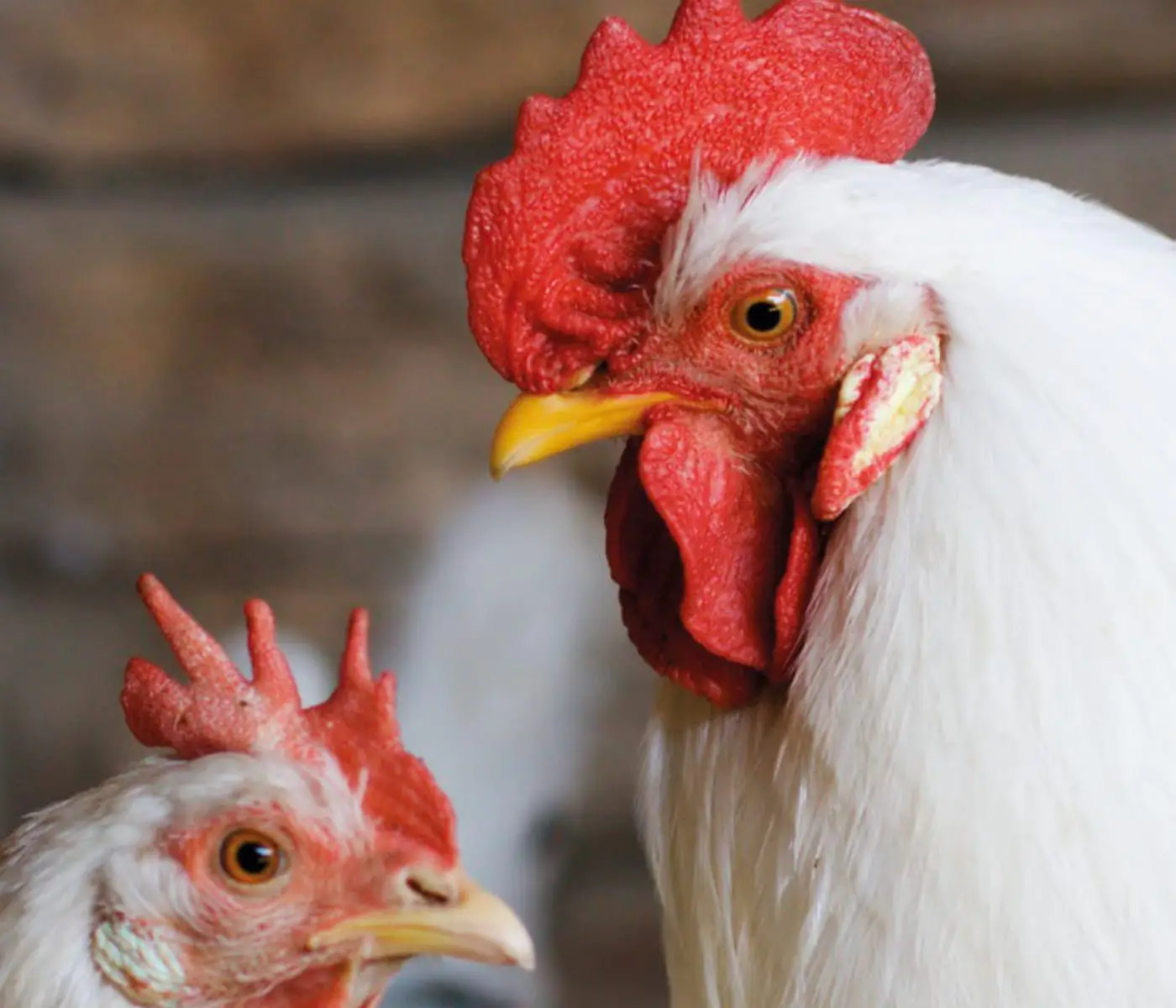
Nutritional Interventions to Improve Fertility in Male Broiler Breeders
Edgar Oviedo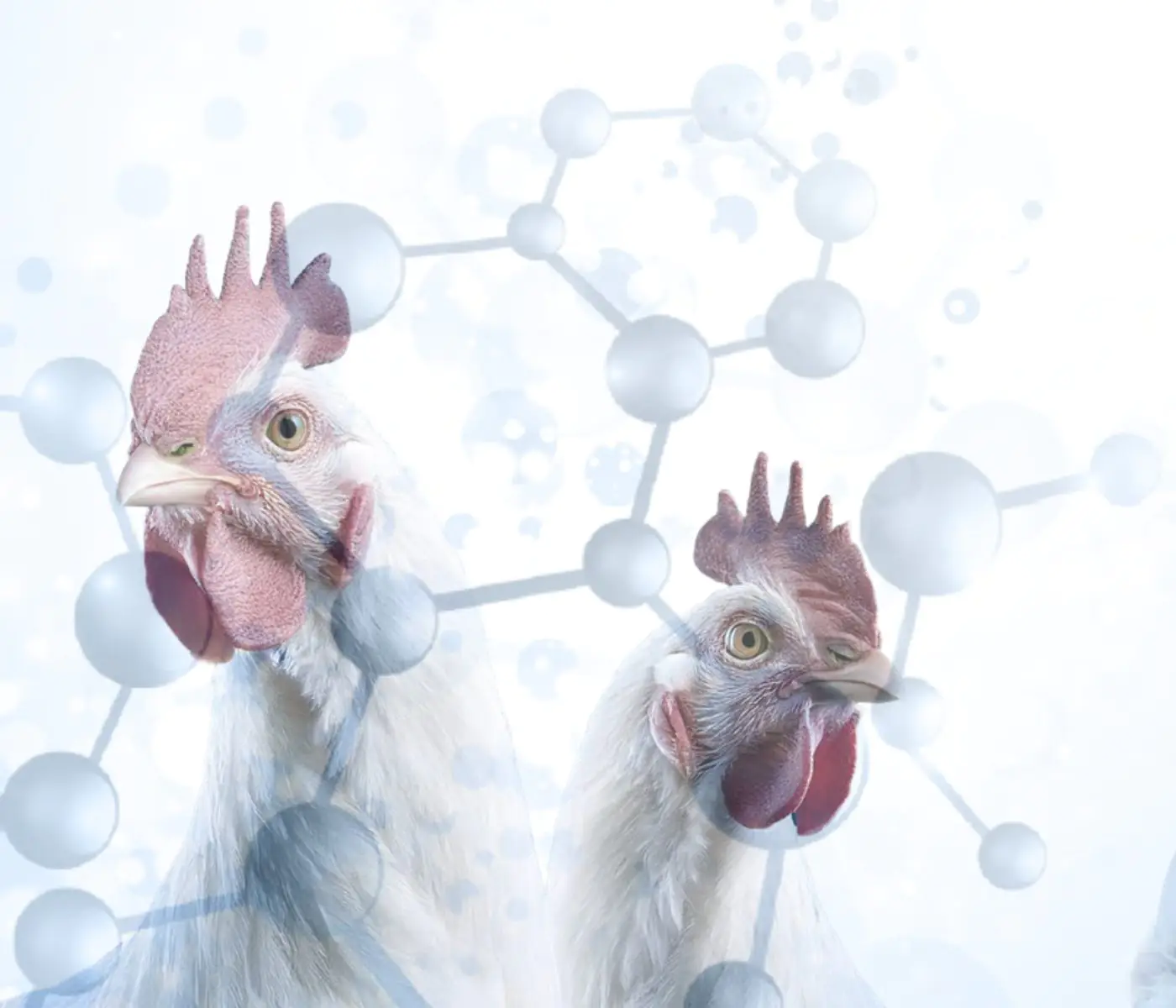
The Use of Organic Acids in Poultry: A Natural Path to Health and Productivity
M. Naeem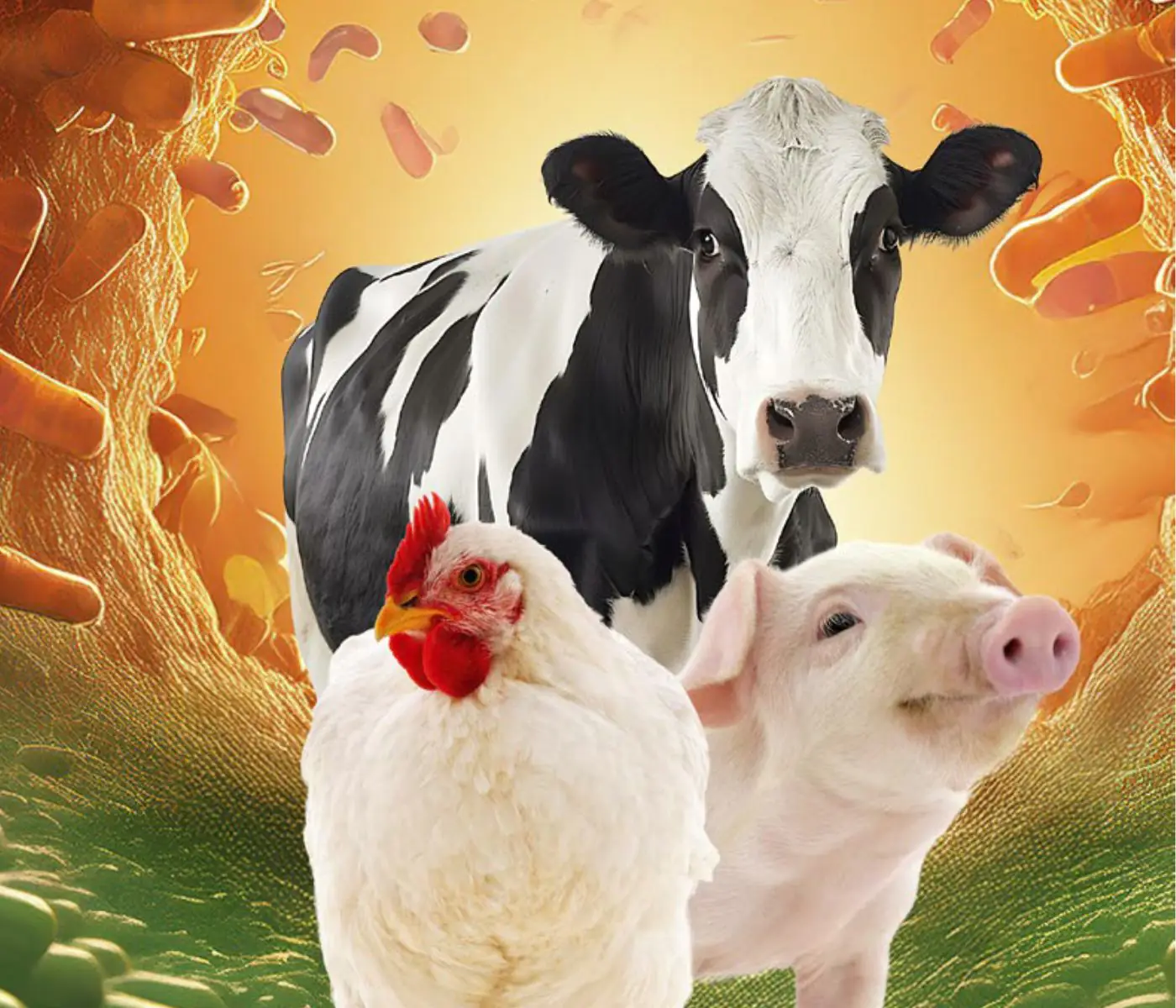
Synergistic Benefits of Prebiotics and Probiotics in Poultry, Swine, and Cattle
Gustavo Adolfo Quintana-Ospina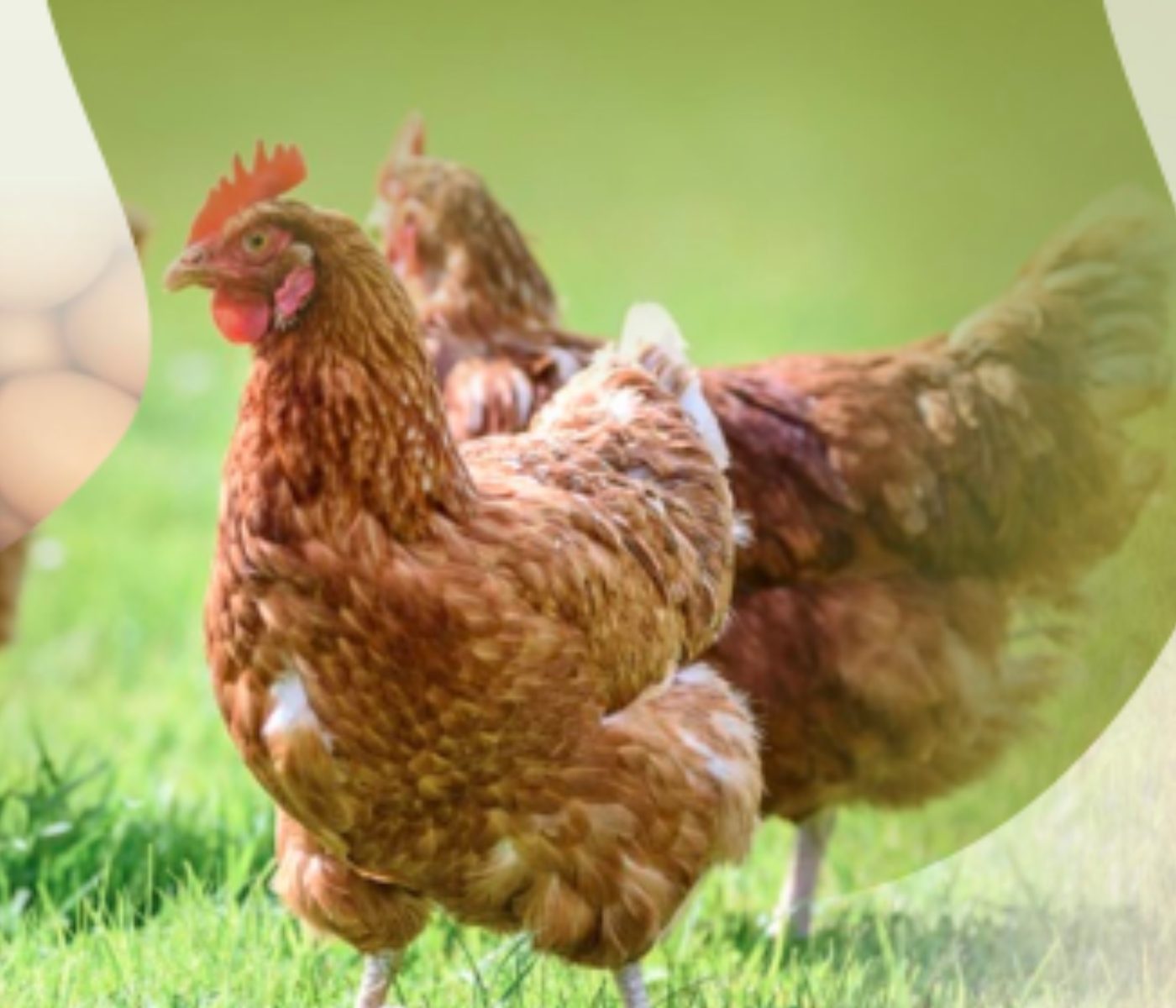
Hybrid Rye Potential in Laying Hen Feed Rations
Gwendolyn Jones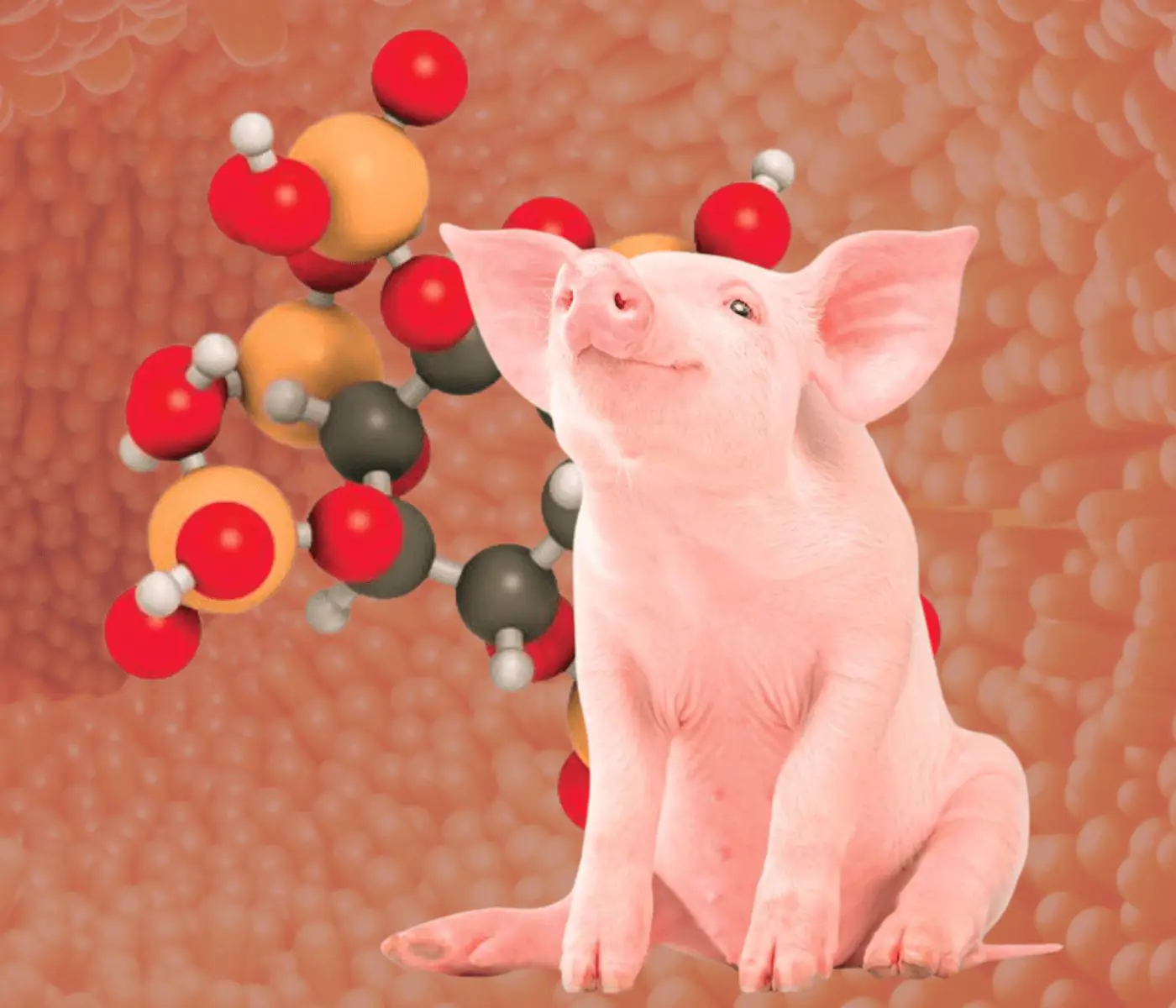
A day in the life of phosphorus in pigs: Part I
Rafael Duran Giménez-Rico
Use of enzymes in diets for ruminants
Braulio de la Calle Campos
Minerals and Hoof Health in the Pregnant Sow
Juan Gabriel Espino
Impact of Oxidized Fats on Swine Reproduction and Offspring
Maria Alejandra Perez Alvarado